In the Alters’ World (and the series of books found here), creatures of legend reveal themselves to the world. Born through genetic abnormalities, defects and mutations, the Alters have lived for centuries as outcasts of human society, hiding their true nature from the world while colorful stories have been written by many to describe what they’ve seen. How are these creatures different from what was described in the stories? What relationship do they have with humanity? Every entry of the Alterpedia will delve into a new creature from around the world. This week we cover:
Pixies
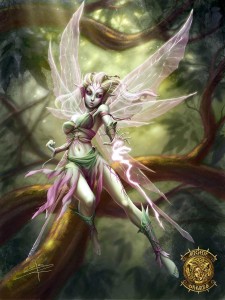
Pixies, fairies, sprites – three terms used completely interchangeably in the modern day but once considered very different entities. The words long lost meaning as time went on and soon all were considered “fairies” in the cultural mindset. But, while the term “Fae” and “Faery” have been adopted quite openly by a large group of benevolent Alters, the question remained – did the original creatures really exist?
The modern interpretation is that they were stories of spirits given form as tiny mystical entities who appeared to be incredibly small but beautiful human figures. These creatures over time adopted traits such as elf-like ears, wings, and child-like features. But the question still remains…
Could humanoid entity that tiny really exist in the world of the Alters?
Appearance
Mythology
The form of these creatures has been altered quite a bit over time as people slowly fused the different varieties of similarly built entities over time. In the modern day interpretation these creatures now appear to be small, beautiful human-like creatures which glow under a soft light and fly around on small insect-like wings. they are particularly slim and very nimble in appearance, often reflecting humanity’s current ideal shape at the time. Their ears are sometimes pointed, either slightly or incredibly, reflecting the common image of an elf. They may have slightly upturned angles to their eyes which give them a more exotic look. Besides this, they are generally said to be “child-like” in having rounder faces, soft skin, and very little body hair.
They may sometimes be known to wear clothes, which are often in nature themed colors such as green or the colors of regional flowers. This clothing may sometimes even be constructed of the regional plants in the area, a common motif in the modern day so that such diminutive creatures would not have to find a way to build similarly diminutive looms or needles.
They will also often have a soft glow of light coming from them. This stems particularly from the belief they may be spirits, which the modern world often depicts with an ethereal glow at all times. However this is also sometimes used to indicate that they are saturated in magic or that they are constantly giving off shimmering dust which may in turn imbue someone with powers on contact with this “pixie dust”.
Alters
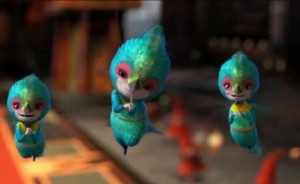
While much of the Alter race is a subset of regular homo-sapiens altered due to genetic abnormalities amplified by the A-Type Stemcell, not all Alters are. For some time, the related species of Homo neanderthalensis and Homo floresiensis existed in parallel with our own species. The Homo floresiensis species, commonly known as the Hobbit, was particularly known for their uniformly diminutive size without sudden mutation or abnormality. Their divergence from their human cousins happened hundreds of thousands of years ago, but the A-Type Cell was still present with them.
The Hobbits were impacted by the A-type cell almost as much as their human cousins and, as a result, branched off into other entities – some of which have outlived their parent species to the modern day. One of these subspecies, Homo floresiensis pixius, diverged from their primate roots in the same fashion that bats, flying squirrels and flying lemurs have diverged from similarly structured mammalian groups. Sacrificing even more of their size for greater mobility and evolving adaptations for flight, these even tinier hominids reached the sizes of the smallest bats reaching down to an average 5 inches.

This adaptation did not come without severe drawbacks, however. The Pixie’s body grew so small that maintaining warmth was difficult, resulting in the evolution of a weave of feather-like hairs. These false-feathers have a complex structure, resulting in vibrant iridescent colors through structural coloration much like the feathers of the Macaw, the Peacock, and the scales of the Blue Morpho Butterfly.
These adaptations also result in the rumored glowing effect often seen, as, like the Blue Morpho, the refraction of light off these structures causes intense brightness from the right angles that can be seen for some distance, especially in low light conditions.
Physically, the pixies are somewhat less slender than described in most stories. They are often shaped more stoutly with a great deal of their small bodies devoted to the muscles required to keep themselves aloft. Their wing structures are also adapted from their arms, resulting in a fused wing/arm structure much like the bat. As a result, they are far less like tiny winged people and more like birds with humanoid features.
Abilities
Mythology
Pixies, fairies and sprites were all said to have magical ability of some form or another. Sometimes these were matter of minor miracles done at will or hexes placed upon humans that had crossed them. They were particularly good at making objects disappear, changing their size or the size of other things in their environment, or disappearing without a trace.
These magical abilities were said to be used primarily for mischief, and often were only deduced from the impacts left on the environment after the fact. Fairy Circles, a phenomenon where rings of fungus will grow in near-perfect circles in nature, were described to be the places where people could vanish into the world of the fairies. These disappearances were also known to be caused by the trickery of the fairies themselves or, in more severe cases, outright coercion under the fairy’s magic.
On top of this, they were often attributed with a deep connection to nature that could allow them to influence their environment in even greater fashion. These can be something as subtle as a movement of water and unseen influence of the winds, to the way certain plants may grow. Once again, these effects were attributed to the various wee folk after the fact and few accounts of humans witnessing them are to be found as many stories claim anyone to witness such a thing would often disappear shortly there-after.
Modern depictions of these entities often give them the ability to also bless humans with some ability attributed to the pixies themselves such as flight, being incredibly small, or traveling to other worlds. One most famous examples of this is the Pixie Dust of Peter Pan which allowed people light of heart to fly. This ability was unique to the modern interpretation, but given the vague magical ability of the Pixies and Fairies of lore was not beyond the realm of possibilities.
Alters
There are no records of Pixies demonstrating any abilities that would be classified as parapsychic like those of a Succubi or Witch. They lack the sophisticated brain structure required for such things and devote a great amount of their metabolic processes to maintaining their body warmth and flight.
However, as fliers, they are incredibly nimble. Their body structure is similar to that of a humming bird in the upper body, to the point that they are capable of flapping their wings at comparable speeds when pressed. To maintain this, they maintain a diet high in sugars to burn quickly. This leads them to being incredibly rapid in their reaction times and capable of flying in patterns that would be difficult for any other flying mammal, or even most birds, to achieve.
However, despite their lack of traditional Human or Alter sophistication, the Pixie is quite intelligent for a creature of its size, rivaling that of Corvids such as the Crow. Their acute vision, quick reaction times and natural curiosity give them superior problem solving skills and a tendency to become obsessed with things which fascinate them. This leads to rudimentary tool building, problem solving and organizational behavior which can allow a community of Pixies to overcome their relatively inferior size and intelligence to achieve some of the same feats their human cousins could.
Behavior
Mythology
Pixies, Fairies, and Sprites are known to be mischievous creatures throughout folklore. Though not specifically malevolent at all times, they are known to be likely to torment livestock, cattle and horses well into the night or steal objects important to a person. Under severe cases they may even kidnap people, especially children, and take them back to their world.
However, this is not always the case, when gaining their favor or potentially trapping them, the wee folk are likely to make deals with humans. These deals vary from story to story, as they are mercurial beings at heart, but the general impression is that it is best to be on their good side and horrible to be on their bad side.
When not dealing directly with humans, they are said to be full of curiosity, known to be great explorers and familiar with all parts of their environment in great detail. They explore every cave, crevasse and crawlspace they can find. They’re known to populate places where humans may normally not go and are also said to know every secret in their domain. This is often also how they maintain their distance from humans as well, even when living in close proximity, as they are normally traveling in the spaces just outside where humans normally tread.
The reasons for this ambivalent and detached relation to humans aren’t always clear, but the implication is that they see us more as another curiosity and form of entertainment than as another sentient being. Their roots in pagan mythologies also seem to indicate that their more malicious behavior may be a form of revenge for having been abandoned, but these theories cannot be confirmed.
In more modern interpretations, some of their stealing ways have actually turned into more beneficial behavior, as their collection of odd objects evolved into the story of the Tooth Fairy, who would gladly take teeth in exchange for shiny objects like money. To this day, children who believe in the Tooth Fairy will leave a baby tooth for the Fairy to find. The conceit being that the Fairy, being a notorious thief and hoarder, will gladly take the shiny white tooth in exchange for a small token. This is a far more benevolent depiction of their traditionally mischievous thefts.
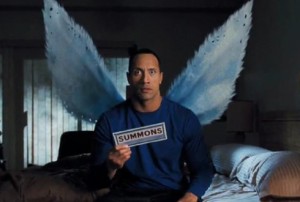
Alters
Though having survived their Hobbit ancestors by several millennia, the reason for the lack of contact between Human and Pixies is because of a relatively scarce population. Once known to be present in almost all corners of the world, the Pixie race has slowly diminished over time due to environmental pressures and habitat loss as Human civilization continued to grow. Today, Alter researchers have petitioned for Pixies to be added to the endangered species list in hopes that conservation efforts may save this creature from extinction.
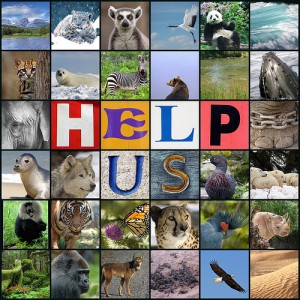
When in close proximity, however, contact between Humans and Pixies is not easy. Despite their human-like features, the two species diverged long ago and their ability to communicate is drastically different. Most Pixie communication, due to high voices and lower intelligence, is carried out through a combination of quiet sounds and body language which can be difficult for humans to decipher without prolonged exposure. As a result, many encounters are more akin to bird watching than an encounter with another culture.
Pixies are also not particularly hostile to humans, but do have long memories of interactions. If someone has presented themselves as a threat to Pixies, they will often retaliate in kind with sheer numbers. Though they have rarely made someone “disappear”, the recorded incidents of Human and Pixie conflict has rarely ended well for the human in question and they have been known to drive such people off of cliffs, into caves, or into other perilous positions like traffic or raging rapids. These people may not necessarily disappear, but they often “disappear” in a sense the mafia would approve of.
However, these interactions with Humans are fairly rare and require Human provocation to begin. For the most part, Pixies have very little care for Human activity when not threatened. The only aspect of Pixie behavior that is 100% true to legend is their insatiable lust for seemingly random objects. Fascinated with bright colors, shiny surfaces and peculiar textures – Pixies will often hoard random tokens to be used in decorating their living spaces or being fashioned into simple tools.
In the regions where Pixies are still present in high enough numbers, particularly around small villages, this collecting habit leads to the legendary Tooth Fairy behavior where they have been known to collect lost teeth and exchange them for other objects in their collection. This behavior is not due to any specific value placed on the teeth but more of an instinctual belief that the humans are leaving them for them, and that such behavior should be rewarded. Money is rarely left by these actual “Tooth Fairies” but it has been known for shiny coins, small gemstones, or flecks of precious metal to be left behind by these tiny scavengers – a trait they have shared with Crows for some time.
And heaven help anyone who angers a little girl who befriends Pixies in the same way.
(If you like the Alterpedia and the world that inspires them, support it by picking up my books. Also don’t forget to share, like, or retweet this post to others. And, if you want more #AlterFacts, follow my twitter account!)


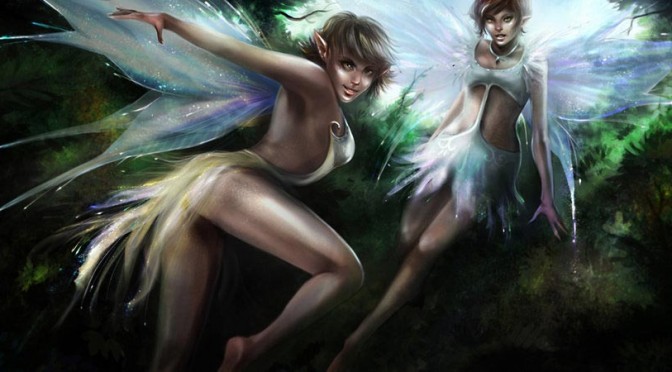
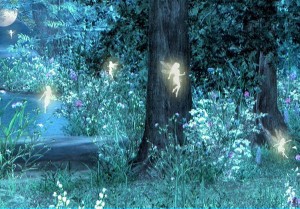
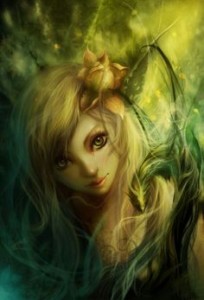

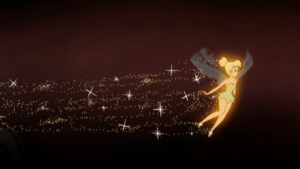
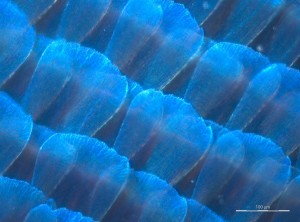
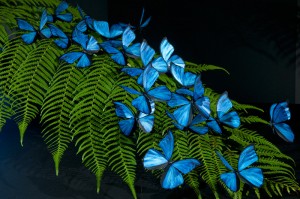
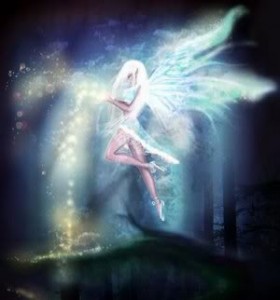
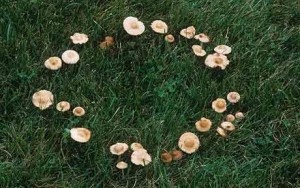
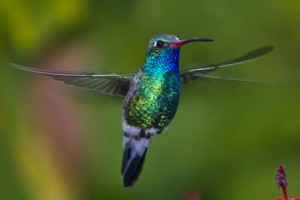
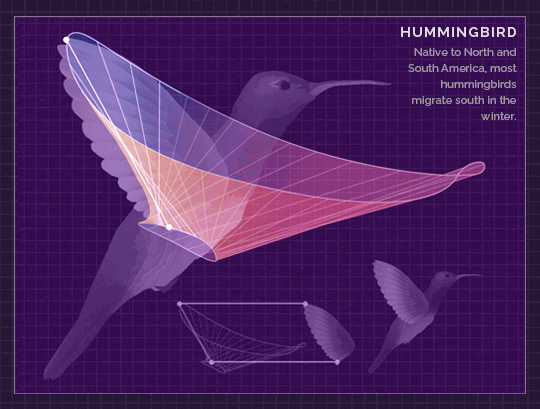

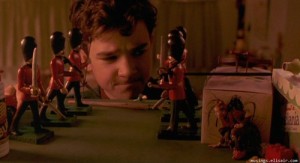
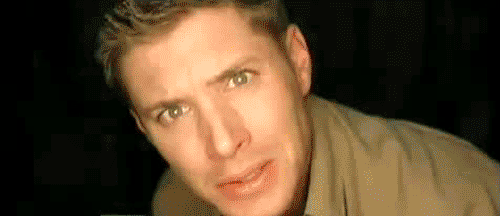





So are they technically Sapients, or better classified as animals? Where’s the intelligence delineation here?
Could someone TOTALLY THEORETICAL HERE train a swarm of pixies to attack their enemies?
Better classified as advanced primates, but among the most intelligent. Yes, you could train attack pixies.